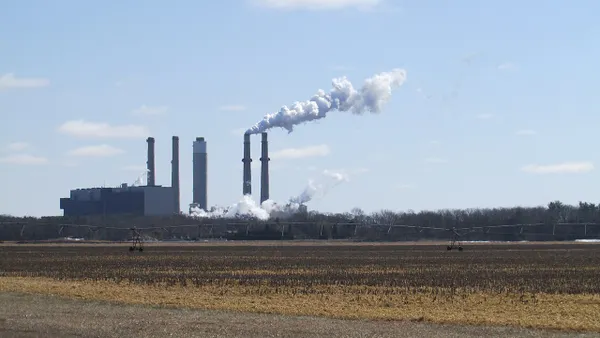Dive Brief:
- Michigan’s renewable portfolio standard (RPS) expires in 2015. The state Senate Energy and Technology Committee Chair is leading a task force on a new mandate, while a Department of Environmental Quality official is working on a compliance program for the proposed EPA emissions reductions rule, and the efforts are sparking a policy debate over a new renewables mandate.
- A new mandate would drive the building of new renewables capacity but the EPA rule allows three other paths to emissions reductions, including environmental upgrades at existing coal plants, fuel switching from coal to natural, and/or greater demand-side efficiency. Republicans are talking about ignoring the idea of a new mandate in favor of amending Michigan’s definition of clean energy in Public Act 295 of 2008 to include natural gas.
- Michigan will meet its 10% renewables by 2015 mandate but advocates say there is still significant untapped potential for meeting at least a portion of the regulations, though the cost-benefit equation is not clear.
Dive Insight:
Preliminary results from a University of Michigan study suggest a 25% renewables by 2025 mandate would cut emissions by 15% and a 40% by 2025 mandate would cut them 28%, getting the state almost all the way to the 36% emissions reduction by 2030 called for in EPA’s proposal for Michigan.
Renewables advocates believe the emissions rule should drive a bigger RPS but a 2012 ballot initiative proposing a 25% mandate by 2025 was defeated. Gov. Rick Snyder's Energy Task Force found Michigan can get 30% or more renewables by 2025 and his 2014 Democratic opponent for the governorship wants a 30% by 2025 mandate.
Republican energy committee Chairs in Michigan’s House and Senate have expressed support for redefining “renewable” to create emissions reductions but other legislators want a new mandate that drives more growth of distributed, small-scale renewables generation.
The EPA’s rule provides “a tremendous impetus to specifics,” according to a Sierra Club spokesperson.













